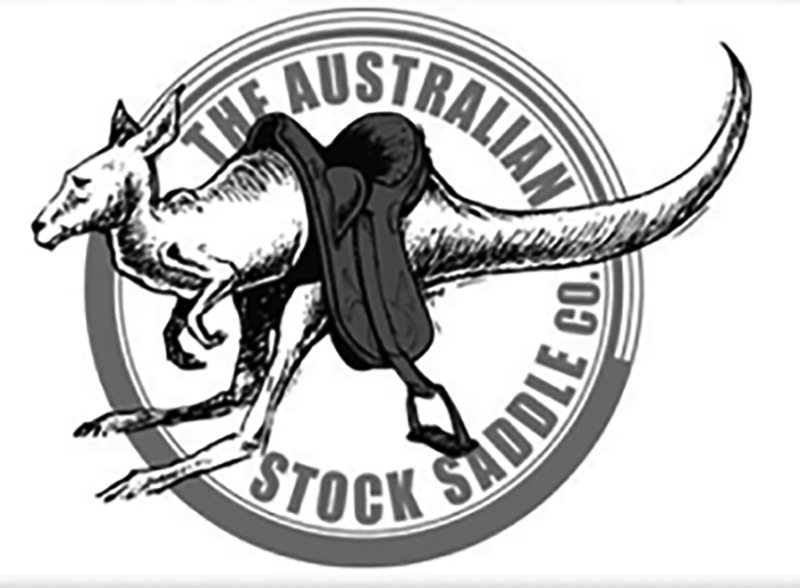The Horse & Mule are Working Us
Tobe Mule knows how to train humans.
by Colin Dangaard
Chris Cox, the world renowned clinician, was about to say “I do” at one of his marriages 15 years ago, when suddenly his favorite Quarter Horse Stinger reared up behind him, severely interrupting the ceremony. The horse had been brought along as a kind of best man.
“Stinger was trying to tell me something, and I sure wish I had listened,” recalls Chris. “Very soon after we were married, my rodeo beauty queen was cheating on me.”
Horses kick the stall when they want to be fed. They will look at you, then look at their side when they have a belly ache. They run off when you even touch a halter, if they are having issues with you. There are hundreds of gestures horses make to get our attention and tell us something.
But now it has been scientifically proven that horses in their relationship with us are master manipulators. As Chris Cox says: “They are way more perceptive of us than we are of them. They’re working us constantly, always trying to manipulate us to do what THEY want to do. Most people think they are training the horse, but the reverse is often true.”
Scientists in Italy and Austria have published a massive study revealing equine cognitive abilities so powerful they insist the horse should join dogs, dolphins, reef fish and corvids as master manipulators of humans to achieve what they want.
John Thompson, who breeds Australian Stock Horses in Bakersfield, California, has a stallion Coolaroo who is normally very quiet. So he was shocked recently when he heard the stallion calling loudly, while kicking at the barn wall.
Says John: “I was about 40 yards away, in the house, so I ran out to see what was happening and to my horror a new foal had fallen into a water trough and could not get out. The trough was actually an old bath tub with smooth sides, and the little guy couldn’t get any traction. As soon as I appeared, Coolaroo was quiet and went on nibbling at his feed. He sure let me know there was a problem!!”
Thompson is a school teacher and draws parallels with teaching children and communicating with horses. “In both cases you must be kind and sensitive. Punishment is a negative for horses. Like children, they respond best to calmness and encouragement.”
The same stallion killed a vicious stray dog that John had been trying to run off his property. “We have lots of small dogs on our property, so I was afraid he would get one of them. It was as if Coolaroo knew what I was thinking. He nailed it with one kick to the head. Not what I had planned – I just figured on running it off-- but he knew what I was REALLY thinking.”
Check out John Thompson’sBrumby’s Run Aussie stock horses:
http://www.australianstockhorsesusa.com/
Sharon Brumnett of West Valley Feed in Agoura says her horse knows know the difference in engine sounds between the feed truck, the vet truck and the trash truck. “They behave distinctively different to each sound,” she says, “so I know who is coming up the driveway.”
Julie Lee, also of West Valley Feed, says her horse makes eye contact with her, then flips the halter and lead rope, telling her when she wants to get out.
Rachele Malavasi, of the School of Ethical Equitation in Moncigoli Di Fivizzano, Italy, completedextensive cognitive studies on horses and reported: “We found that the horses tried to influence the behavior of a human experimenter using their eyes, providing evidence they understand that intentions can be communicated between individuals using gaze.”
She explains that the “gaze” the horse gives to a recipient to convey its attention towards a third entity – in this case a bucket filled with food – is called a “referential gesture.”
Professor Ludwig Huber from the Messerli Research Institute at the University of Veterinary Medicine in Vienna, Austria,says his studies have surprised him as to how clever horses really are.
He reports horses in many ways behave like people, with their referential gestures. If a person wants his empty wine glass full, he indicates the glass and engages a look with somebody who has the open bottle. Horses do the same with an empty bucket.
Both scientists say more work is needed to determine to what extent horses manipulate each other, and if their methods in the herd differ to how they manipulate humans.
“Anyhow,” says Malavasi,” these findings provide strong reasons to revise the view of horses as simply good executors and prompt us to enforce proper ethical management of horses in domestic settings. If they are able to communicate us their needs, we cannot ignore their efforts.”

